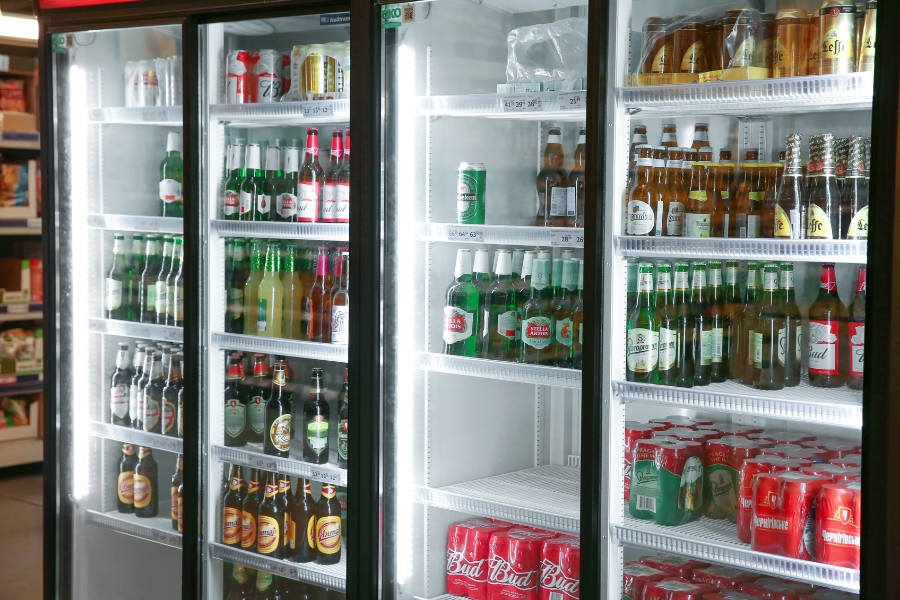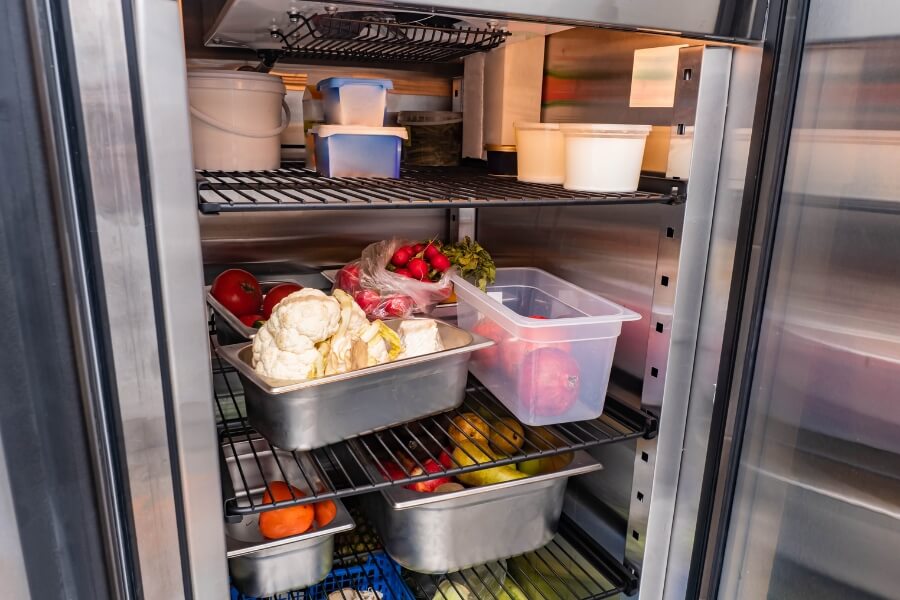Are you planning to buy used commercial refrigeration equipment? While used refrigeration equipment can save you money, it’s important to be aware of potential issues that could cause problems down the line. In this article, we’ll discuss how to spot potential issues with used commercial refrigeration equipment.
Buying used commercial refrigeration equipment can be a smart financial decision, but it’s important to ensure the equipment is in good condition before making a purchase. The last thing you want is to spend money on equipment that will break down shortly after you start using it. In this article, we’ll discuss how to spot potential issues with used commercial refrigeration equipment to help you make an informed buying decision.
Check the Exterior Condition of the Used Commercial Fridge
The first thing you should do when inspecting used commercial refrigeration equipment is to check its exterior condition. Look for any signs of rust, corrosion, or damage. Check the hinges and handles of the doors to make sure they are still in good condition and functioning properly. If the exterior is damaged, it could be an indication that the previous owner didn’t take good care of the equipment, and there could be other issues that are not immediately visible.
Check the Interior Condition
After inspecting the exterior, it’s time to check the interior of the equipment. Look for any signs of damage, rust, or corrosion on the interior walls, shelves, and other components. Check the seals around the doors to make sure they are still in good condition and properly sealing the unit. If there are any signs of damage or wear and tear, it’s important to ask the seller about them.
Inspect the Compressor
The compressor is the heart of the refrigeration system, and it’s important to ensure it’s in good working condition. Look for any signs of oil leaks or damage to the compressor housing. Check the wiring and electrical connections to ensure they are secure and not damaged. If there are any issues with the compressor, it could result in a costly repair or replacement.
Check the Evaporator and Condenser Coils
The evaporator and condenser coils are responsible for removing heat from the refrigeration system. Check these coils for any signs of damage, corrosion, or blockages. Dirty or damaged coils can cause the system to work harder, resulting in higher energy bills and potential equipment failure.
Test the Temperature Control
Temperature control is a crucial component of any refrigeration system. Test the temperature control to ensure it’s functioning properly and accurately controlling the temperature. If the temperature control is not functioning properly, it could cause the equipment to run too cold or too warm, leading to food spoilage or equipment failure.
Inspect the Door Gaskets
The door gaskets are responsible for sealing the unit and preventing cold air from escaping. Check the door gaskets for any signs of wear and tear or damage. If the door gaskets are not sealing properly, it can cause the unit to work harder and result in higher energy bills.
Check the Electrical Components
Inspect all of the electrical components of the equipment, including the wiring, electrical connections, and control board. Look for any signs of damage or wear and tear. If any electrical components are damaged or not functioning properly, it could cause the equipment to fail or be a potential safety hazard.
Inspect the Refrigerant Lines
The refrigerant lines are responsible for transporting refrigerant throughout the system. Check the lines for any signs of leaks, damage, or wear and tear. If there are any issues with the refrigerant lines, it could cause the system to work harder and result in higher energy bills or equipment failure.
Test the Defrost System
The defrost system is responsible for preventing frost buildup on the evaporator coils. Test the defrost system to ensure it’s functioning properly. If the defrost system is not working, it can cause frost buildup, resulting in higher energy bills and potential equipment failure.
Check the Drain Lines
The drain lines are responsible for removing condensation from the unit. Check the drain lines for any signs of blockages or damage. If the drain lines are not functioning properly, it could cause water buildup inside the unit and potential equipment failure.
Inspect the Fan Blades
The fan blades are responsible for moving air throughout the unit. Inspect the fan blades for any signs of damage or wear and tear. If the fan blades are not functioning properly, it could cause the unit to work harder and result in higher energy bills or potential equipment failure.
Test the Motors
Test all of the motors in the equipment to ensure they are functioning properly. Look for any signs of damage or wear and tear on the motors. If the motors are not functioning properly, it could cause the unit to work harder and result in higher energy bills or potential equipment failure.
Consider the Age of the Equipment
Finally, it’s important to consider the age of the equipment when inspecting used commercial refrigeration equipment. Older equipment may have more wear and tear and be more prone to failure. While age alone is not necessarily an indication of equipment quality, it’s important to consider it when making a purchasing decision.
Conclusion
In conclusion, purchasing used commercial refrigeration equipment can be a cost-effective solution for businesses, but it is crucial to thoroughly inspect the equipment before making a purchase. By following the steps outlined in this article, you can identify potential issues and make an informed decision that will save you money in the long run. At Canada Food Equipment, we offer a wide range of used commercial refrigeration equipment that has been inspected and tested by our experts. Contact us today to learn more about our inventory and how we can help you find the right used food equipment for your business needs.



